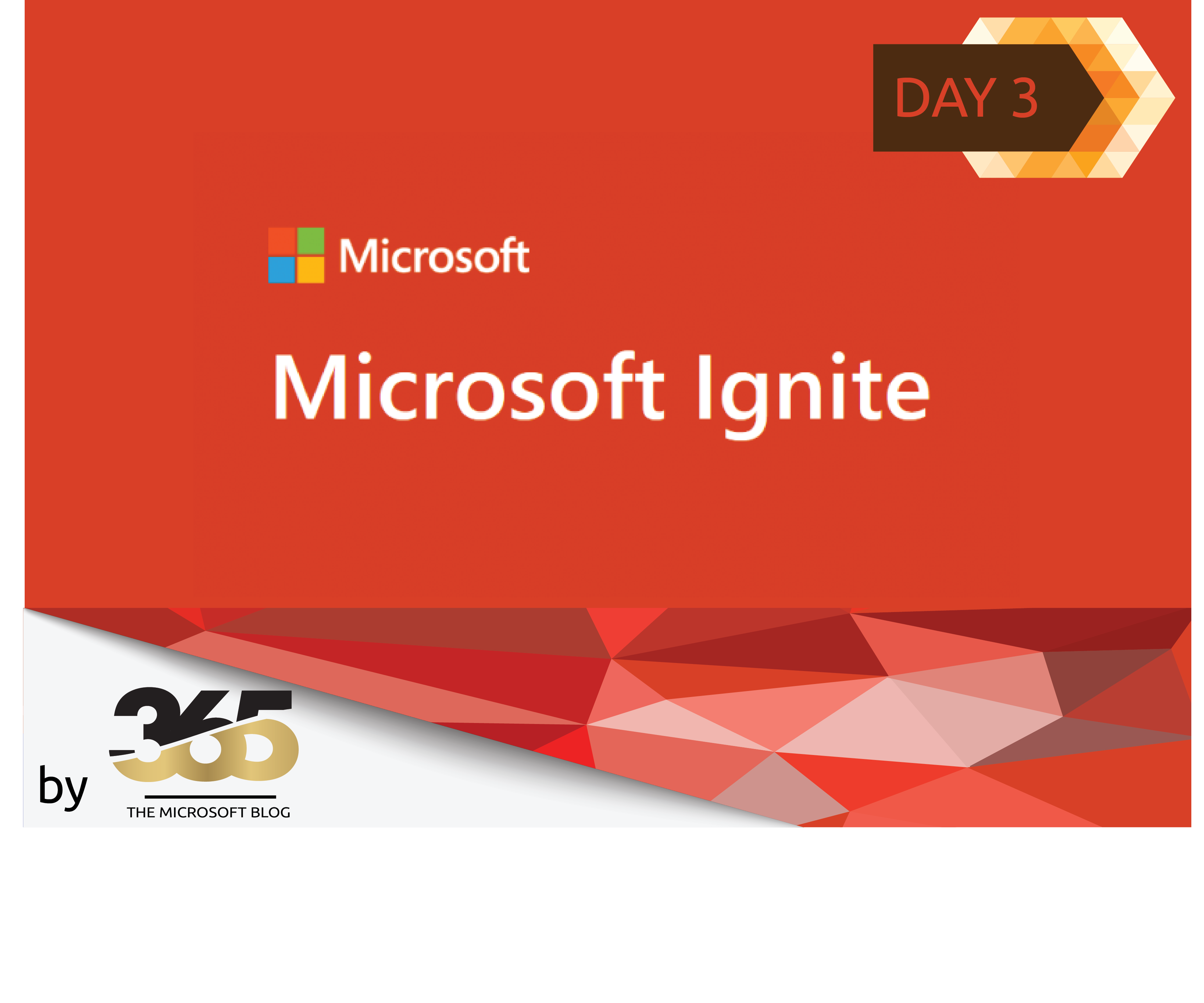As an honoured Microsoft MVP immersed in the ever-evolving landscape of technology, I witness first-hand the perpetual metamorphosis of tools designed to elevate our daily workflows, maximizing productivity and efficiency. Amidst this dynamic backdrop, Microsoft Copilot for Microsoft 365 emerges as a beacon of innovation, captivating the attention of professionals worldwide. Having devoted a significant span of 100 days to explore its intricacies and seamlessly integrate it into my workflow, I’m eager to unveil my insights from the perspective of an esteemed Microsoft MVP.
The moment I initiated Copilot within my Microsoft 365 suite, I was immediately enraptured by its intuitive interface, flawlessly harmonizing with beloved applications such as Word, Excel, and PowerPoint. Given my reliance on these tools for professional endeavours, the introduction of an AI-powered assistant to streamline tasks evoked both fascination and anticipation.
Copilot’s standout feature lies in its adeptness at generating intelligent suggestions and automating repetitive tasks. Whether crafting an email, formulating a spreadsheet, or refining a presentation slide, Copilot discerns
contextual nuances and furnishes pertinent suggestions in real-time. This not only economizes time, but also upholds consistency and excellence across diverse documents and projects.
A facet of Copilot that resonates deeply with me is its adaptability to varied writing styles and preferences. Whether drafting a comprehensive report, crafting a succinct email, or ideating for a blog post,
Copilot adeptly tailors its suggestions, offering a spectrum of tone and linguistic options attuned to the specific context.
Moreover, Copilot’s collaborative prowess heralds a new era for team dynamics and group endeavours. Empowered with the capability to propose edits, furnish feedback, and facilitate seamless communication within documents,
Copilot fosters an environment of efficiency and synergy among team members. Gone are the days of grappling with multiple document iterations or labouring
over reconciling conflicting edits – Copilot ensures synchronization among collaborators, quite literally aligning everyone on the same page.
Another facet of Copilot that has markedly augmented my productivity is its proactive assistance. By discerning patterns from my past work and preferences, Copilot anticipates my needs and proffers timely suggestions,
refining my workflow seamlessly. Whether issuing reminders for impending deadlines, identifying potential errors in a document, or proposing alternative problem-solving approaches, Copilot serves as an indispensable
ally in navigating the intricacies of modern professional life.
Microsoft Copilot, the innovative AI-powered assistant, has seamlessly integrated into the Microsoft Teams ecosystem, enhancing collaboration and productivity for teams worldwide. Leveraging Copilot within Microsoft Teams offers numerous benefits, revolutionizing the meeting experience and facilitating smoother workflows. However, it’s important to note that while Copilot’s features excel in English, its functionality in Swiss German leaves much to be desired.
Within Microsoft Teams, Copilot serves as a valuable asset during meetings, assisting users in various tasks to ensure efficient communication and collaboration. Its ability to generate intelligent suggestions, automate repetitive tasks, and provide proactive assistance significantly streamlines meeting processes. Whether it’s drafting meeting agendas, taking notes, or summarizing discussions, Copilot’s presence enhances productivity and enables teams to focus on the substance of their discussions.

Furthermore, Copilot’s adaptability to different writing styles and preferences remains a notable feature within Microsoft Teams. It accommodates diverse communication needs, offering a range of tone and language options to suit the context of meetings. This flexibility fosters inclusive communication and ensures that all participants can engage effectively, regardless of their linguistic preferences.
Despite its myriad advantages, the functionality of Copilot within Microsoft Teams Meetings falls short when it comes to Swiss German language support. While Copilot excels in English, its performance in Swiss German lacks the same level of accuracy and effectiveness. This limitation hinders users who primarily communicate in Swiss German from fully leveraging Copilot’s capabilities during meetings, necessitating reliance on manual processes or alternative tools for effective collaboration.
In conclusion, Microsoft Copilot enhances the Microsoft Teams experience by providing intelligent assistance and streamlining meeting workflows. However, its functionality in Swiss German language settings may not meet the expectations of users accustomed to the same level of performance as in English. As Microsoft continues to refine and expand Copilot’s capabilities, addressing language support issues will be crucial to ensuring its effectiveness for a global audience.
Admittedly, like any AI-powered tool, Copilot is not devoid of limitations. Instances may arise where its suggestions miss the mark or necessitate manual adjustments to align with specific requisites. However, through continual utilization and feedback provision, I’ve observed an evolution in Copilot’s accuracy and relevance, hinting at a promising trajectory for future enhancements.
In summation, my 100-day voyage with Copilot for Microsoft 365 has been nothing short of transformative. From streamlining workflows to amplifying collaboration and productivity, Copilot has emerged as an indispensable cornerstone in my professional arsenal. As AI continues to evolve, and its influence reshapes the contours of our work landscape, Copilot embodies a harbinger of the future of productivity. In this envisioned future, intelligent assistants such as Copilot empower users, facilitating the attainment of greater milestones with diminished effort, thereby ushering in an era of unprecedented efficiency and accomplishment.


















































































































































































































































